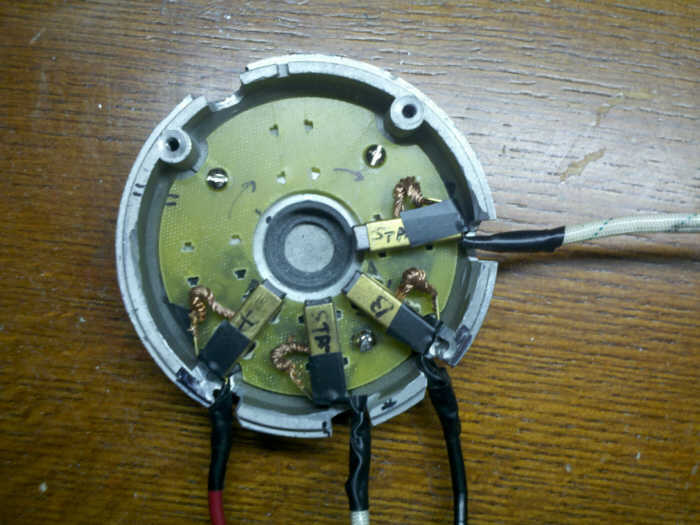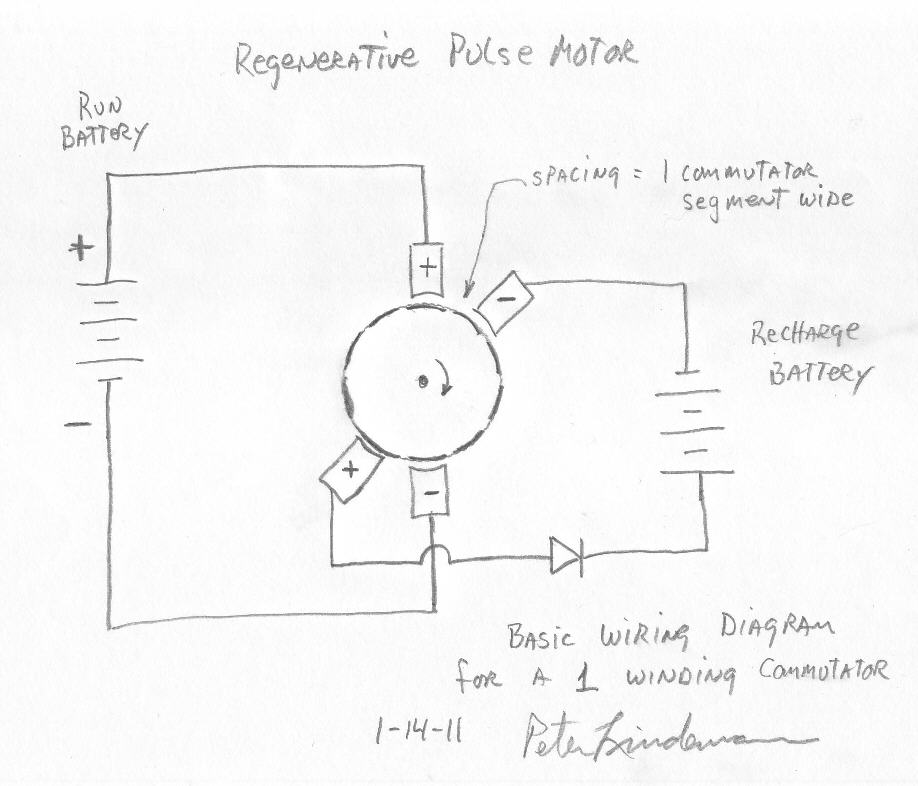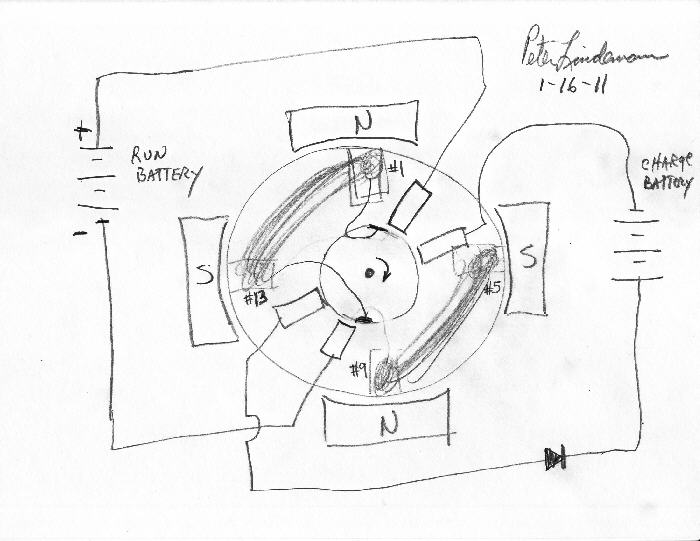Speed continued
Somehow I could not get this in last post with edit.
page 12-14 summary
Quote
However, by increasing velocity v for linear generator or angle speed ω for rotor, the magnetic drag force F wouldn’t be increased at all and the voltage e would be increased. This way, the generator can still deliver the same output power but with less drag. The less drag means less input mechanical force G for the same output power. That way the generator could have over unity behavior.
Refer to pdf's in last post
FRC
Somehow I could not get this in last post with edit.
page 12-14 summary
Quote
However, by increasing velocity v for linear generator or angle speed ω for rotor, the magnetic drag force F wouldn’t be increased at all and the voltage e would be increased. This way, the generator can still deliver the same output power but with less drag. The less drag means less input mechanical force G for the same output power. That way the generator could have over unity behavior.
Refer to pdf's in last post
FRC


 I'll give you $5.00.
I'll give you $5.00.

 I can clearly see how to wind and connect the system now. What an unusual way to wrap a rotor! Doesn't seem like it would create much magnetic flux compared to wrapping individual poles, but it does simplify the wrapping process.
I can clearly see how to wind and connect the system now. What an unusual way to wrap a rotor! Doesn't seem like it would create much magnetic flux compared to wrapping individual poles, but it does simplify the wrapping process.
 William Reed.
William Reed.
Comment